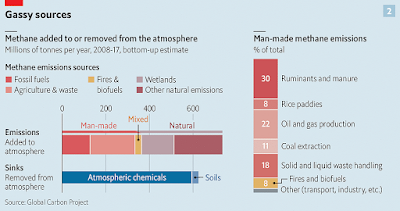 |
| Appalachian Regional Commission map, highlighting Harlan and Greene counties |
By Al Cross, Director and Professor
Institute for Rural Journalism and Community Issues, University of Kentucky
Jan Hoffman of
The New York Times spent a week in Greene County, Tennessee, to report on resistance to vaccination for the coronavirus. Such "parachute journalism" exercises are fraught with pitfalls, but her
story rang true for me, as someone from the region.
Hoffman turned up some nuggets that vividly illustrate the problem with vaccination in a significant segment of rural America: A nurse practitioner who says she's still undecided about vaccination and doesn't mention it to her patients. A retired professional couple who still haven't been vaccinated even after a discussion with their doctor, which Hoffman witnessed and quotes from.
That's the end of her story, which begins with another conversation, more uncomfortable: among a new pastor's wife and members of her church, one of whom greeted her by asking, “So, have you gotten the vaccine yet?” She “fumbled through a non-reply . . . sensing a chilly blast of judgment from a never-mask, never-vax companion.”
Hoffman's long story is a stark contrast to another recent long dispatch from another, even more rural county on the coal-bearing side of Appalachia's 100-mile-wide Ridge and Valley Belt: Alex Acquisto's
report for the
Lexington Herald-Leader about pastors in Harlan County who are gently working to get their parishioners vaccinated. In Greene County, the pastor in question told Hoffman, “Honestly, I wish people wouldn’t ask. I think it’s none of their business. And it’s just dividing people.”
The stories are two sides of the same coin. We need stories that tell both sides of the coin. That is especially true for community newspapers, which have a higher level of trust than their national or metropolitan counterparts but are typically reluctant to do enterprise reporting about deeply divisive issues, or lack the time do do it. But I think most community newspapers, after a few weeks of listening to their neighbors, could write the sort of summary paragraph that Hoffman did:
"People say that politics isn’t the leading driver of their vaccine attitudes. The most common reason for their apprehension is fear — that the vaccine was developed in haste, that long-term side effects are unknown. Their decisions are also entangled in a web of views about bodily autonomy, science and authority, plus a powerful regional, somewhat romanticized self-image: We don’t like outsiders messing in our business."
The other side of the coin is science and public health, which say we need to get as many people as possible vaccinated to reach herd immunity, which will provide a significant level of protection even for those who are unwilling or unable to be vaccinated. That's how Melissa Patrick of Kentucky Health News, another of our publications, began her main vaccination story last week. She included many of the concerns (which include myths) and the experts' responses to them.
But as I told Kentucky news outlets in our weekly KHN update, "We offer you this story with the knowledge that many vaccine-hesitant people are not likely to take the word of experts, but at our level, that’s the best we have. At your level, you have more trusted sources: physicians, nurse practitioners, nurses, health-department leaders, local officials, civic leaders, faith leaders and more, so we urge you to do your own story, with what such folks have to say about Covid-19 vaccination."
















